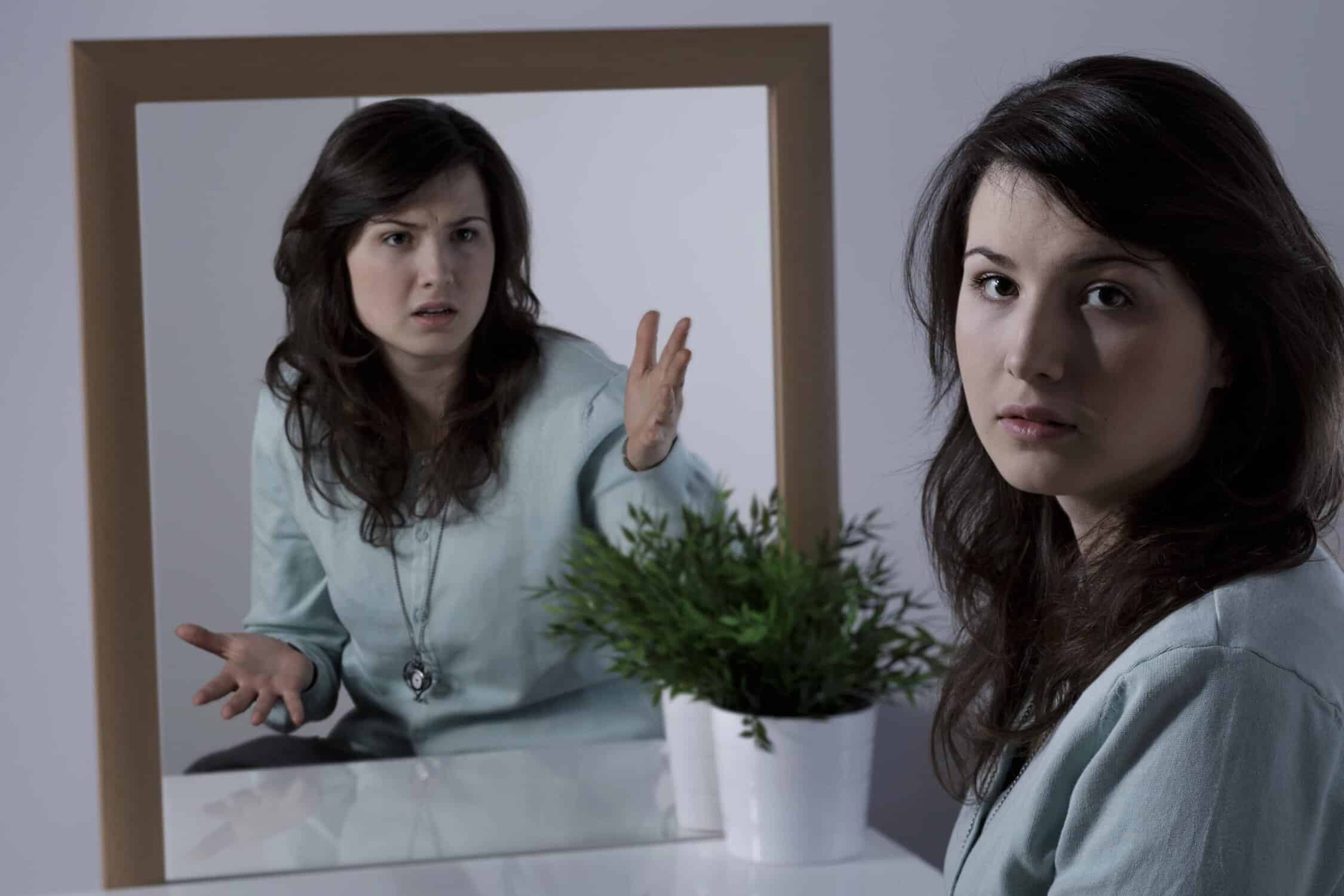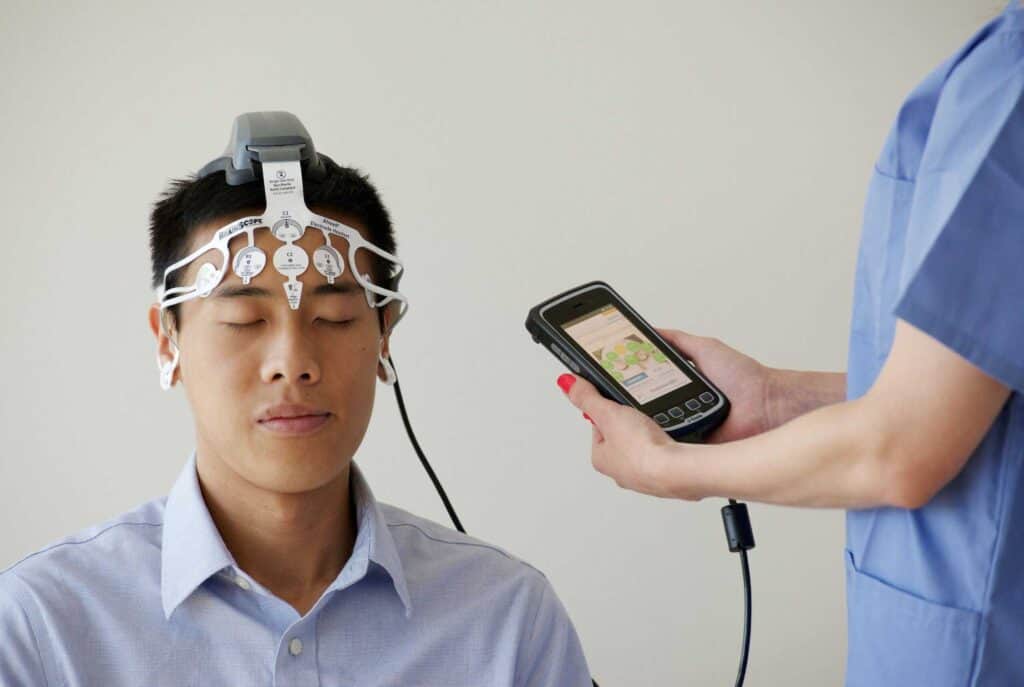If you or someone close to you has borderline personality disorder, several options to treat BPD can help manage and improve. Below are some common approaches:
Talk Therapy
According to The Cleveland Clinic, talk therapy (sometimes referred to as psychotherapy treatment) is a common type of borderline personality disorder treatment. It allows people to explore their day-to-day struggles in a structured setting. A therapist helps patients notice negative thoughts and patterns of self-destructive behavior that may lead to abrupt mood changes or unstable relationships.
Long-term psychotherapy with mental health professionals can also address other related conditions, such as anxiety, that often appear alongside borderline personality disorder.
Dialectical Behavior Therapy (DBT)
According to the American Psychiatric Association (APA), dialectical behavior therapy (sometimes written as dialectical behaviour therapy) is a main treatment for BPD. It helps individuals control intense emotions like anger or sadness.
Patients learn skills such as mindfulness, distress tolerance, and emotion regulation, which can reduce destructive behaviors like self-harm or suicidal behavior. This therapy was created specifically to treat BPD symptoms. It teaches patients to pause before they react. The goal is to build healthier relationships and emotional predictability.
Schema-Focused Therapy
Schema-focused therapy helps patients identify and change thought patterns that perpetuate impulsive behavior and low self-worth, often dating back to early childhood. Mental health professionals use this method to reconstruct harmful “schemas” – beliefs about oneself or the world – that may contribute to borderline personality traits.
Over time, people develop healthier ways of interpreting events, improving their self-image and interacting with others.
Cognitive Behavioral Therapy (CBT)
CBT is often used in a treatment plan for BPD and other personality disorders. It helps patients explore how disruptive thoughts affect their reactions. It also teaches them new problem-solving skills to replace impulsive or damaging habits.
CBT helps individuals break cycles of self-sabotage and see more positive outcomes in their daily lives.
Individual Therapy, Group Therapy, and Family Therapy
Individual therapy offers one-on-one attention for those with borderline personality disorder (BPD). A therapist helps patients understand their mental health issues and find ways to improve their coping skills and overall quality of life.
Group therapy provides social support and shared learning experiences with others facing similar struggles. Family therapy helps loved ones understand the condition and learn new ways to interact with their loved ones without unintentionally triggering conflict.
These borderline personality disorder treatment methods can help patients feel less isolated and help family members support their loved ones more effectively.
Transference-Focused Psychotherapy
This approach addresses a patient’s unresolved feelings and experiences from their past that they direct toward the therapist, reflecting their difficult real-world relationships.
By working through these interactions in a safe clinical environment, patients gradually improve emotional predictability and build healthier ways to relate to others.
Systems Training
Systems training involves teaching individuals how various areas of their life – work, family, social circles – influence borderline personality disorder symptoms. By exploring how each “system” interacts, patients gain awareness of triggers and practice coping skills to improve relationships and reduce the chances of damaging behavior.
Mentalization-Based Therapy
Mentalization-based therapy (MBT) helps individuals with borderline personality disorder become more aware of their thoughts, feelings, and behaviors in the moment. This tends to lead to healthier relationships and reduces destructive behaviors like self-harm.
Research suggests that this type of borderline personality disorder treatment can have lasting effects, including fewer hospitalizations and suicide attempts after treating BPD.
Treatment helps individuals with BPD learn to control their symptoms and develop healthier coping strategies for everyday life.










